Feasibility, Risk and Uncertainty of Mechanical Sediment Removal with the Proposed Action (Full Facility Removal)
Title: Feasibility, Risk and Uncertainty of Mechanical Sediment Removal with the Proposed Action (Full Facility Removal)
Category: Technical Report
File: River-Design-Group_2011_0127_Feasibility-Risk-and-Uncertainty-of-Mechanical-Sediment.pdf
Updated Date: 09.01.2017
Author(s)/Source(s): Scott Wright, River Design Group
Publication Date: 2011-Jun-13
Focal Topic: Sediment & Geomorphology, Dam Removal, Aquatic Habitat / Invertebrates / Insects, Salmon, Steelhead/Rainbow Trout
Location: Klamath Basin, Mid Klamath
Watershed Code: 180102
The United States Department of the Interior (DOI), as the National Environmental Policy Act (NEPA) lead agency, and the California Department of Fish and Game (DFG), as the California Environmental Quality Act (CEQA) lead agency, are currently developing an Environmental Impact Statement/ Environmental Impact Report (EIS/EIR) for the Klamath Hydroelectric Settlement Agreement (KHSA) and the Klamath Basin Restoration Agreement (KBRA). The EIS/EIR will evaluate the environmental and social effects of a set of alternatives that may include removing all or portions of four dams on the Klamath River in order to provide volitional fish passage to aid in restoring salmonid fisheries. The Proposed Action, as defined in the EIS/EIR, is full facilities removal of four dams with controlled sediment erosion and downstream transport.
The KHSA stipulates that a determination must be made by the U.S. Secretary of the Interior regarding whether removal of the four dams will enhance salmonid fisheries and will be in the public interest. The four dams are J.C. Boyle, Copco 1, Copco 2, and Iron Gate dams. Three of the reservoirs created by the dams (J.C. Boyle, Copco 1, and Iron Gate) have accumulated large amounts of sediment over time. Under the provisions of the KHSA, the sediment would be naturally eroded and released to the Klamath River with dam removal. The EIS/EIR will address the effects to the aquatic resources from the release of sediment to the downstream river.
Mechanical removal of sediment from the reservoirs, prior to and during dam removal, could help mitigate or reduce downstream impacts to aquatic resources and water quality in the Klamath River. The purpose of this technical memorandum is to briefly summarize the holistic effects and risks associated with mechanical removal of potentially erodible reservoir sediments. This technical memorandum is primarily a synthesis of other reports and information available in the EIS/EIR document.
Keyword Tags:KBRA, KHSA, sediment, fall chinook, spring chinook, pacific lamprey, coho salmon
